The story so far
In episode 2 of London in the 80s, I mentioned that I have a love of the backs of houses and buildings. I become engrossed on train journeys because you get to see the secret side of places. This means I have curated the collection of photographs in episode 2 using the theme 'Upfront, inside and out the back'. Here are 6 from the backs of houses in that collection. (Navigation tip: each pic enlarges to a better quality when you click/tap on it, you should then be able to step through the photos using arrow to the right/left of the photo):
B&W Photos by Halvdan Wettre. Colour photo by Plume
This part of Simon’s story is relevant here:
“I loved your reference to viewing houses from their backs (up their ‘backsides’ so to speak). You’re in great company here. Joseph Roth, journalist, social commentator, novelist, hounded out of Germany in the 30’s and dying far too young in Paris c.1940 writes about Berlin in the 20’s and 30’s as seen from the S-Bahn ( i think that’s the Overground?) and in just a short train ride somehow captures the essence of the city from the fleeting glimpses afforded in a passing train ride. I also think of Sidney Lumet’s masterpiece, Twelve Angry Men and the role that the L (L for Elevated) Line, part of the New York Subway system, (but above ground), played in the story, the narrative woven around the unique views into the back door lives of the tenement dwellers, seen as the trains rattle past. Living in NYC (after Georgiana Street,) I used to travel the elevated lines endlessly, up and down Brooklyn, Manhatten, the Bronx, revelling in how it fed the imagination, and in those days kept you warm in their brutal winters, all for a mere 50 cents a day!”.
I got to thinking about Simon’s comment and got hold of what seems like the relevant Roth book. It is called “What I Saw: Reports From Berlin 1920-33” (see chapter 12, which is excellent; I have reproduced below).
All of this set me off on a path, I went down the rabbit hole!
Although I won’t say it until episode 7, I will confess to being a failed poet and song-writer! OK said it. But not all is lost. In his translators notes for Roth’s book, Hofmann notes that that:
“Orte (places), comes down to “interest,” Interesse in German, inter plus esse, being between, in the midst, in the thick of things. And that, too, is the best word for Roth, and for Roth in Berlin – curving around past people’s front rooms on the S-Bahn, talking to a czarist colonel, composing a memorial for Red Richard”. (my bold).
I too like ‘being between, in the midst, in the thick of things’. This all reminds me of song lyrics/prose that I came up with in 1982, called “Blue Lights”. It is all about walking through the night time streets of North London to visit a lover. So in terms of the theme for the curated photos in episode 2, I have moved location from 'out the back' to being 'upfront', on the streets in the midst of strangeness of things; something Roth is always doing. Here they are:
Weeping car pass by,
The streets look unholy.
Blue lights singing hymns for the starless and lonely.
Catch a guilty smile old habits they die hard.
Life exhaled in air, the moment passes slowly.
The night-shift breeds its ghosts,
Soul boy stepping bye.
Hearts on fire, sweet desire.
I see the rain it falls like shadows from the sky.
Autumn streets unfold. For lovers only.
In 1986 I wrote a song based on the above lyrics. The '86 song's introductory bassline and lead melody were reused in 2019 for a Dovetail Collective tune, again called Blue Lights. The very talented Beth Jones helped me harmonise and arrange the original melodies, but the whole band made a contribution:
If the video won't play, refresh the page. Beth on piano, Kelvin on sax, Jamie on drums, and yours truly on double bass.
As Roth puts it of his urban exploration of Berlin via the S-Bahn, the city's commuter train system, in the 20/30s:
“It's a curious thing, how much the people who live in houses bordering the S-Bahn resemble one another. It's as though there were a single extended family of them, living along the S-Bahn lines and overlooking the viaducts … There is always an invisible, impenetrable strangeness between them and the world alongside. They are no longer even aware of the fact that their days and their doings, their nights and their dreams, are all filled with noise. The sounds seem to have come to rest on the bottom of their consciousness, and without them no impression, no experience the people might have, feels complete” (my bold).
I get it. But Roth stands on the outside, maybe a bit aloof with his talk of 'them' and how many 'resemble one another'. I stand on the edge and yet belong. But I am ambiguous on this. For me I would rephrase the highlighted (bold) text above saying there is ‘always an invisible, impenetrable strangeness between them, myself and the world alongside’: the blue lights of police cars 'singing hymns for the starless and lonely'.
An interesting bio has just been published. Endless Flight: The Life of Joseph Roth by Keiron Pim. Good overview in article: ‘Everywhere is home’. Review by Dorian Lynskey, Guardian, Thu 6 Oct 2022. The vagabond life of a brilliant but doomed European genius:
"Joseph Roth always knew when to get out. As a young man, he ran like hell from his birthplace of Brody, a small, struggling town in Galicia, on the northern fringe of the Austro-Hungarian empire. He arrived in Vienna in 1913, when it was the most intellectually thrilling city in Europe, and left when it shrivelled after the first world war. Having become a successful journalist, he fled Germany for the first time in 1925, on the morning after Paul von Hindenburg was elected president, and again, permanently, when Hitler became chancellor. And he left the world, his mind and body brutalised by alcoholism, in May 1939, between the annexation of Austria and the invasion of Poland, as if constitutionally incapable of witnessing the culmination of everything he had been warning about. He died in a Parisian pauper’s hospital at the age of 44, delirious, strapped to his bed to prevent him from running away. His last utterance, it seems, was a scream: “I have to get out of here!” "
Last Sunday (16 October, 2022) I attended the Daniel Karlsson Trio gig. They are new-ish carriers of the Nordic Jazz tradition. The Scandinavian sound is generally recognized as free, spacious, experimental, and contemplative; it is open to incorporating the newest electronic technology. Fabulous gig, if you like EST then these are for you. I got permission from the band to take photos and guess all my thoughts of urban, invisible, impenetrable, strangeness were on my mind. At one point, I switched from colour to black and white photos ... my Bristol night photo shoot from earlier that evening seemed to add to the moody vibe I was experiencing. I posted on Facebook as a group the shots below, plus two other groups of photos. I tagged the band on these three sets of photos, the others two sets were in colour and not bad, yet the band ‘Liked’ the noir vibe photos below:
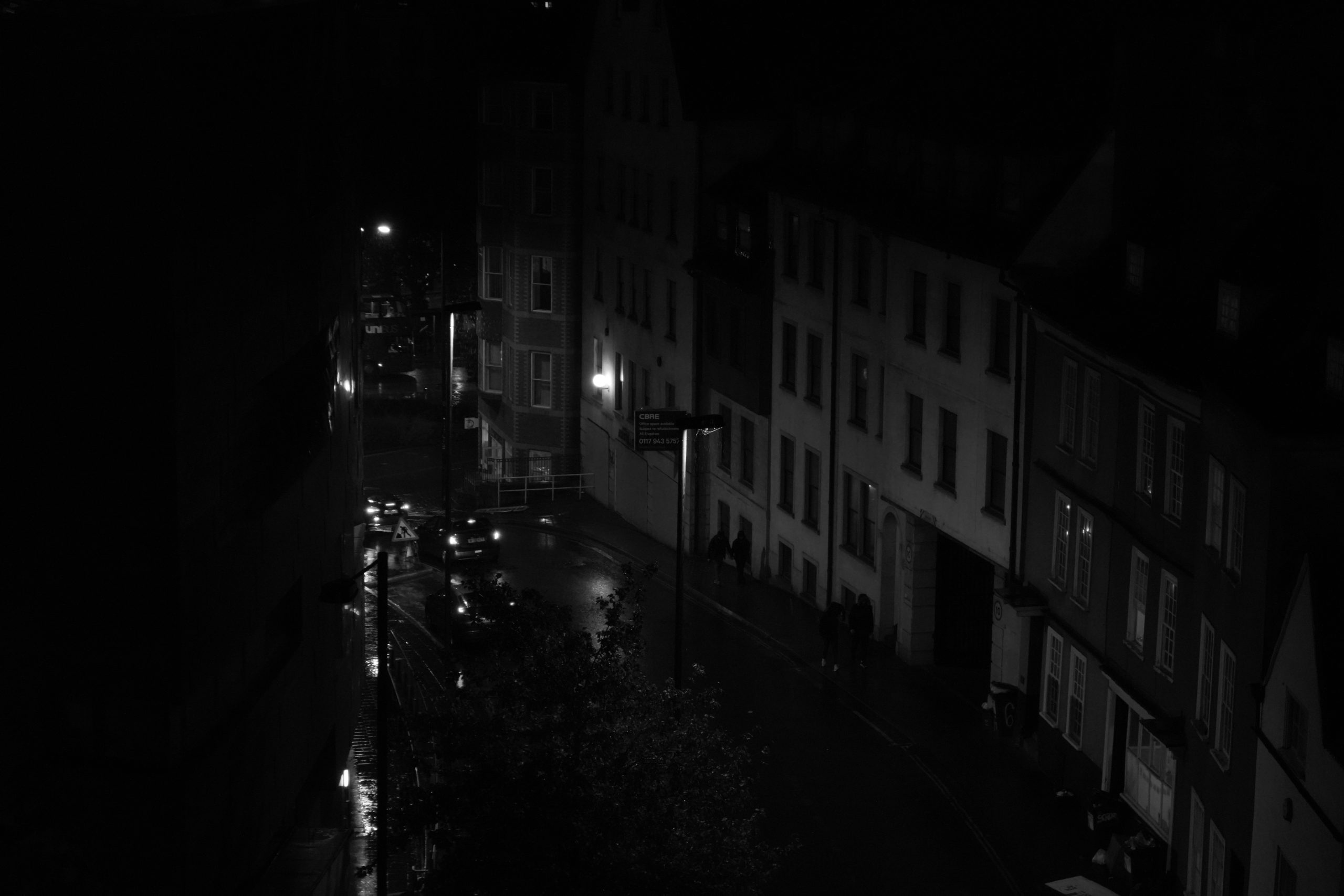
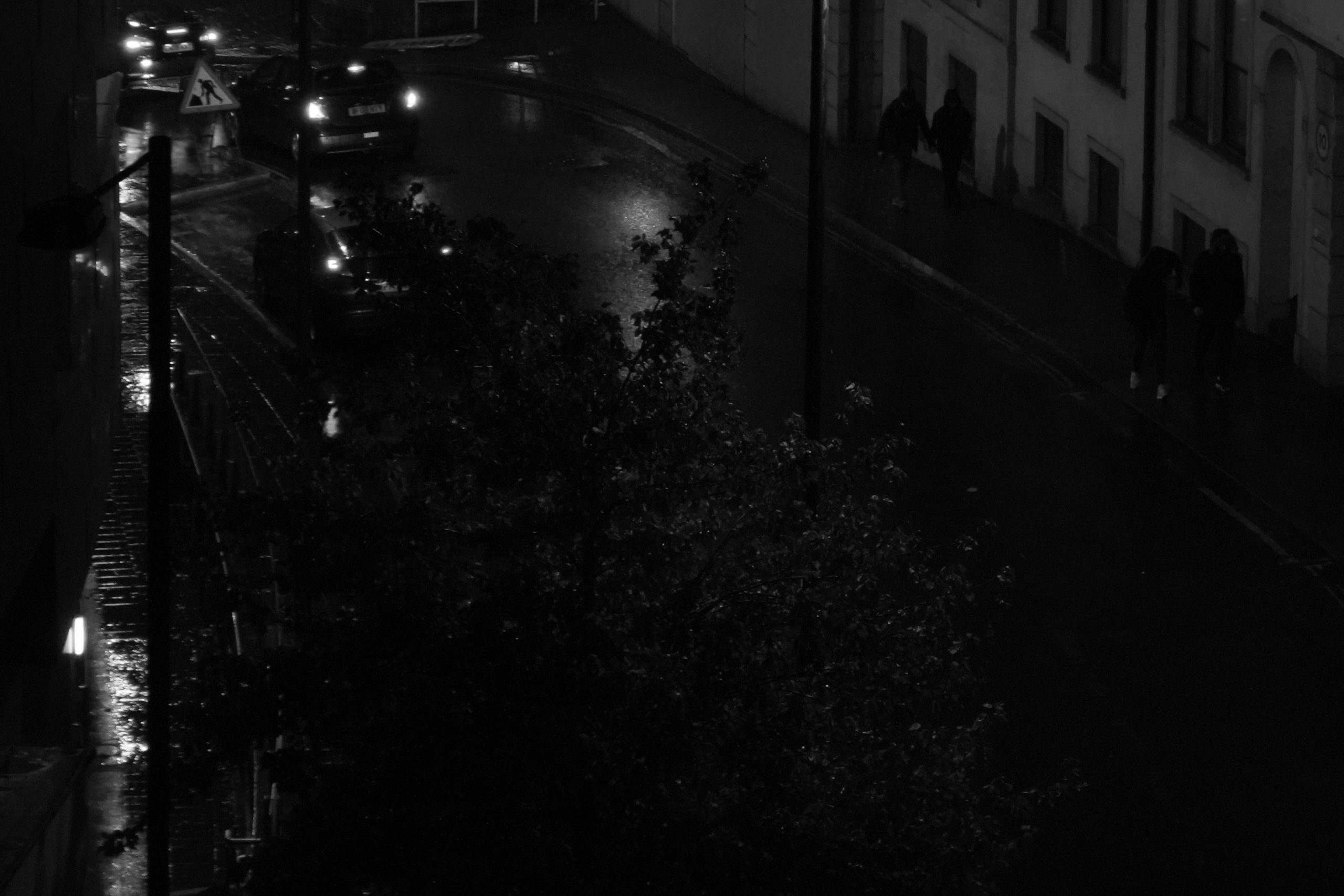
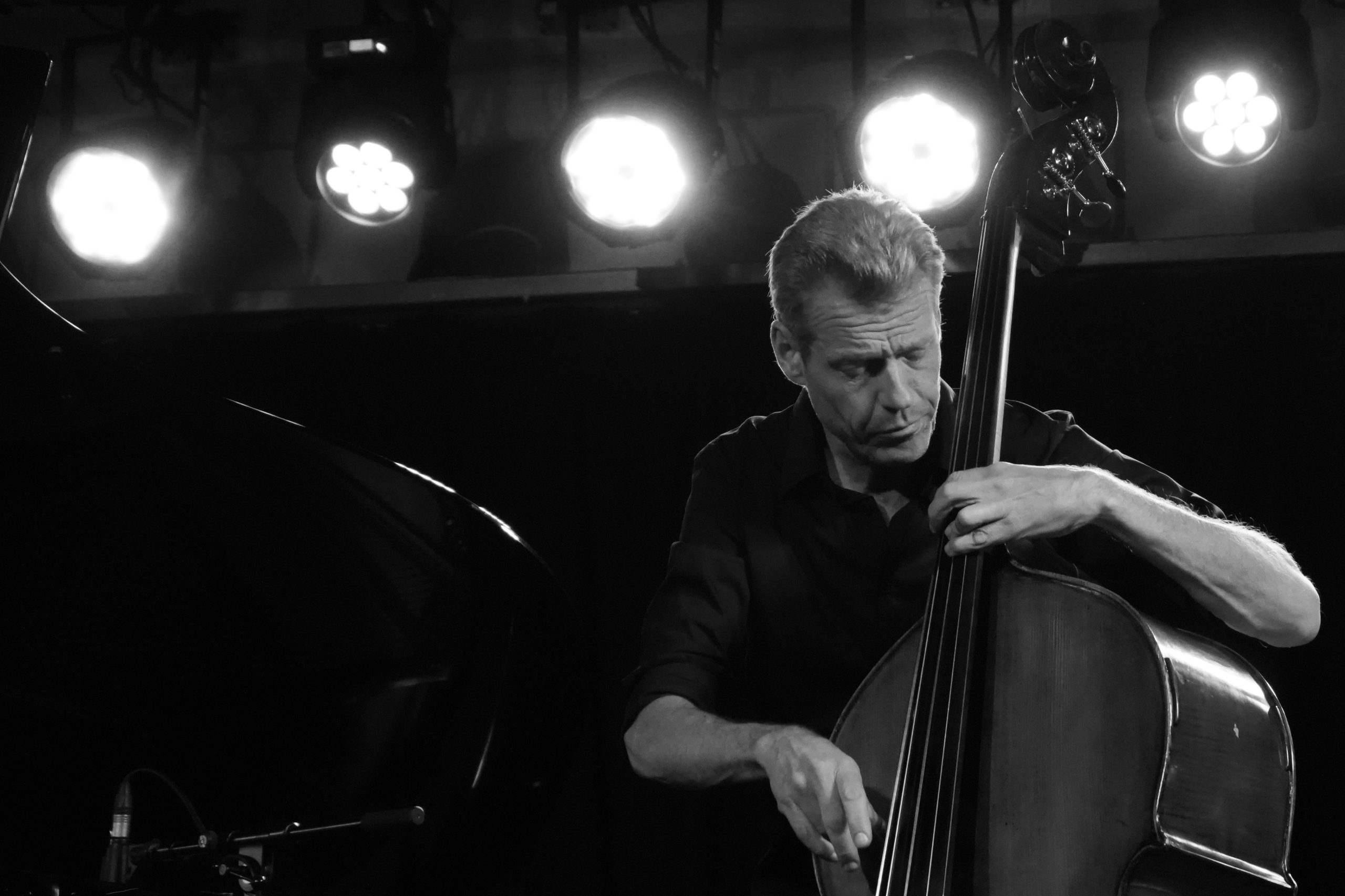
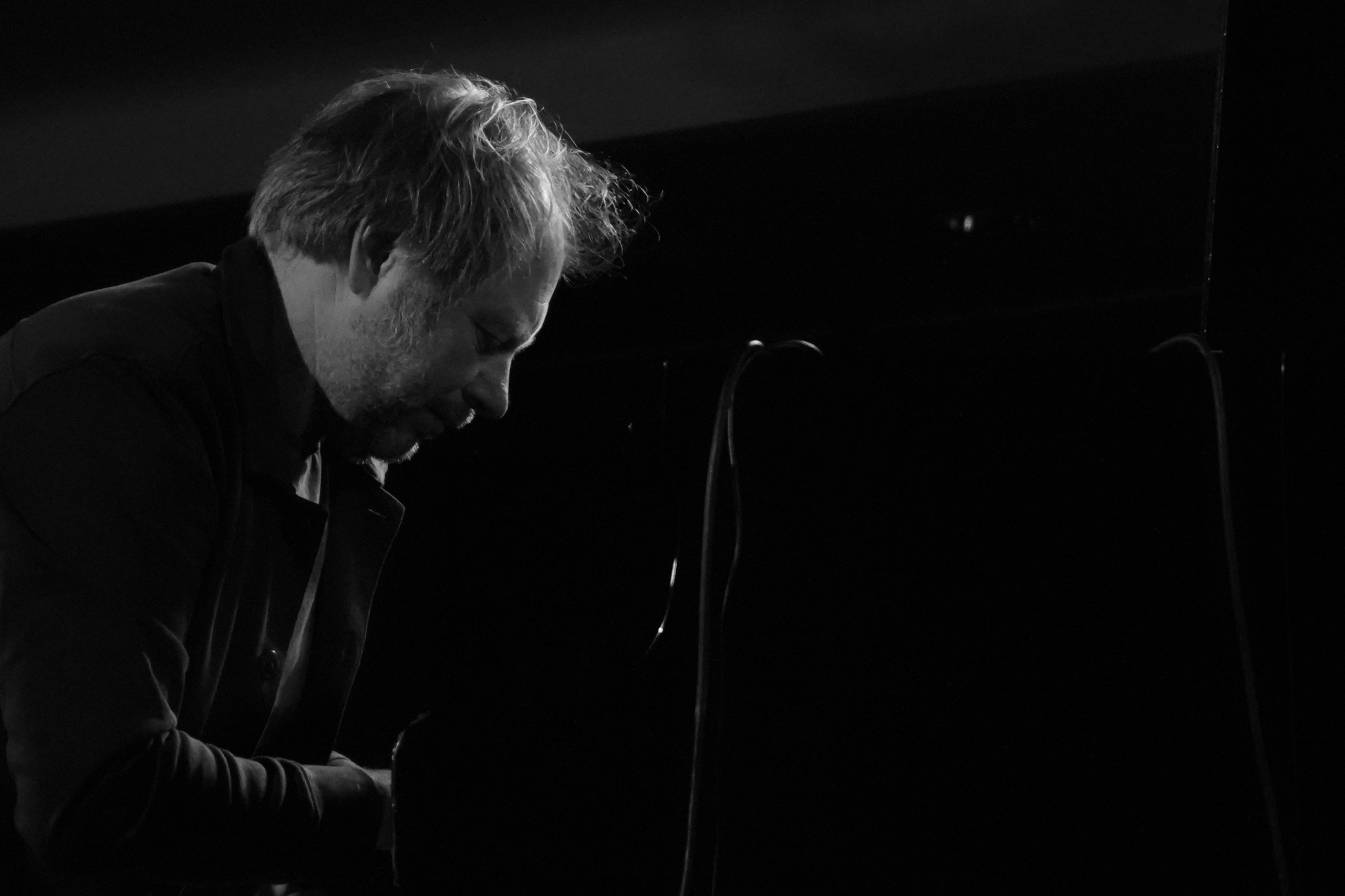
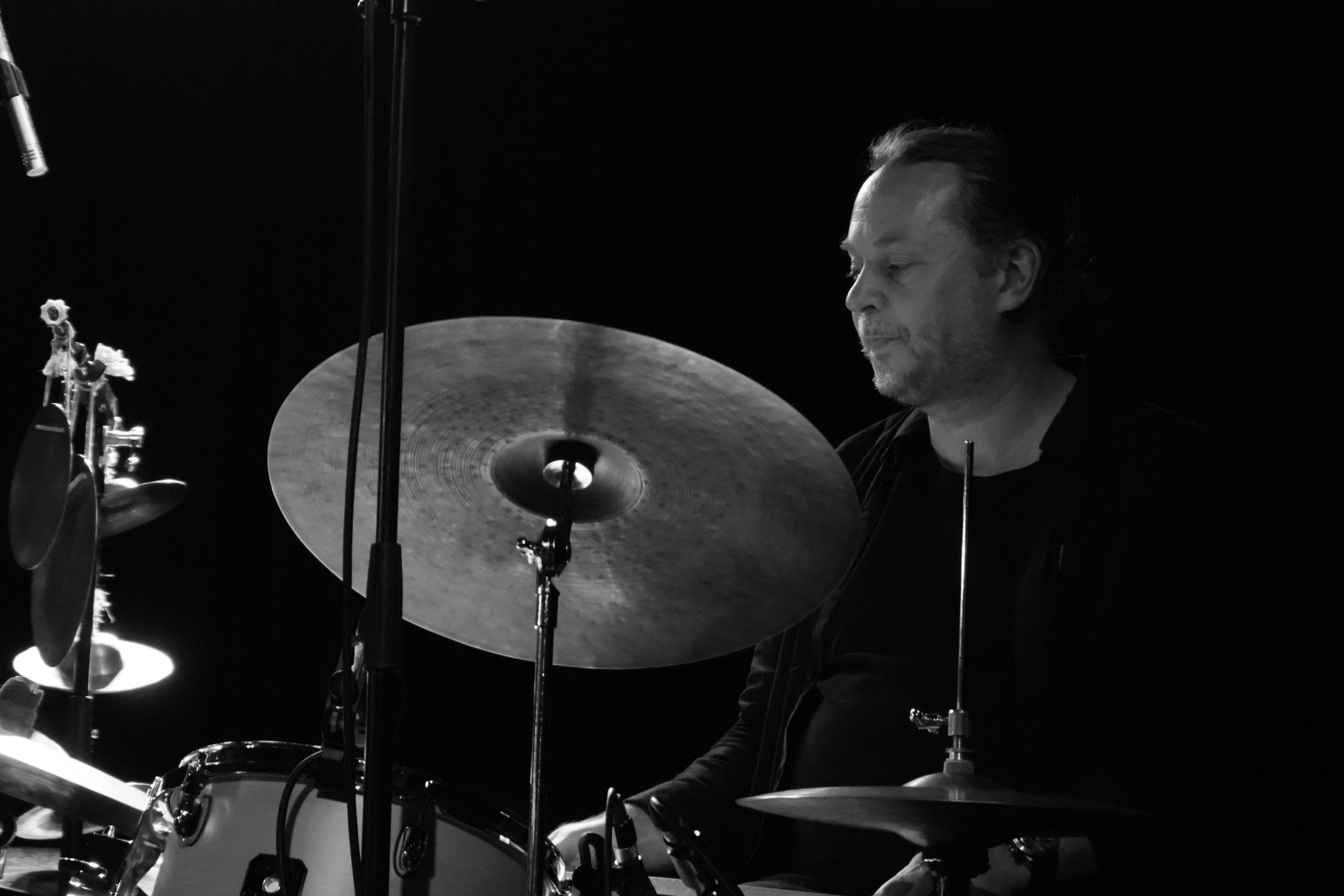
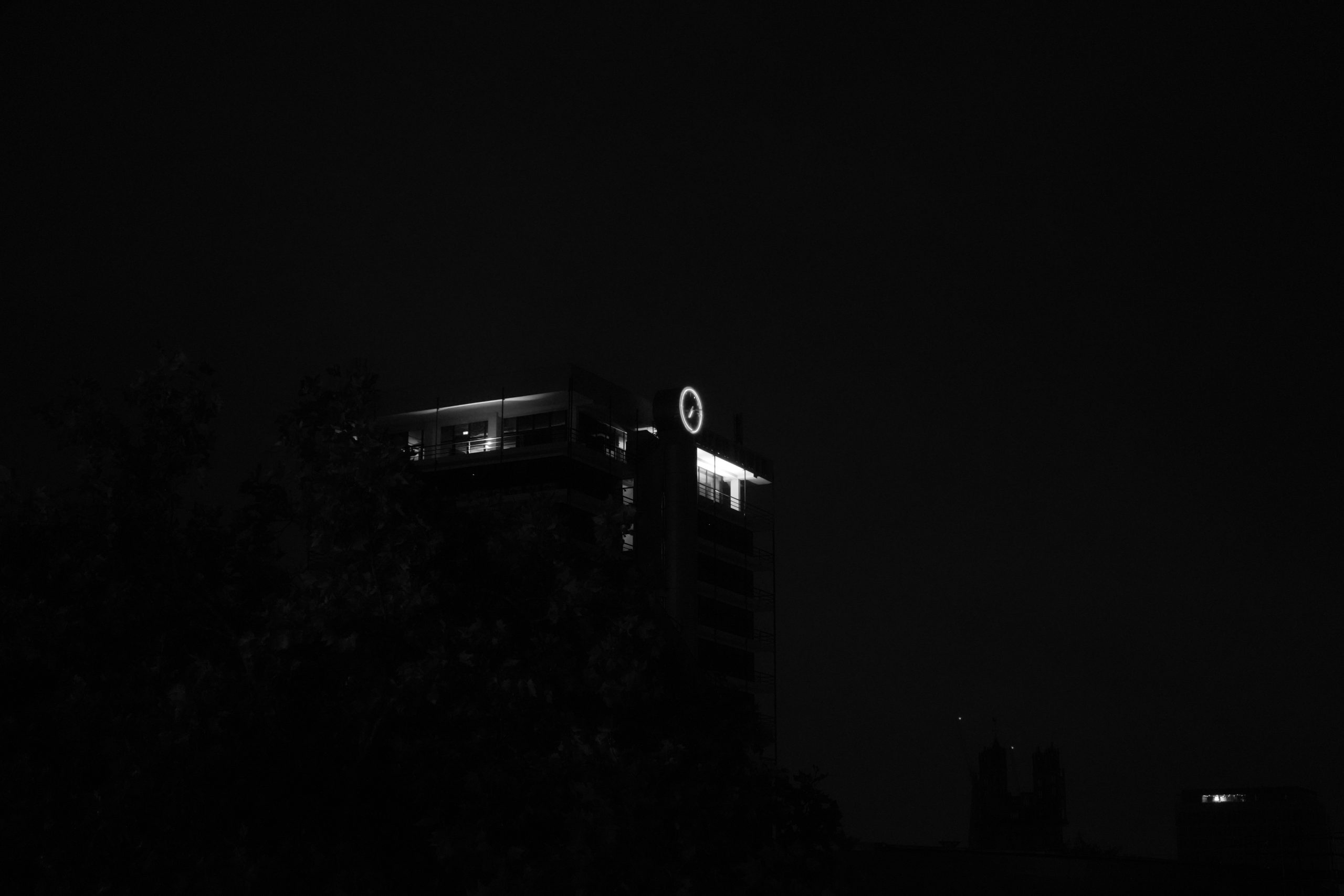

I plan on going down the urban noir route for a while. Roll on urban street photos from me, taken from on high. Tracking the blue lights and night-shift ghosts as I descend to witness the Autumn streets unfold.

This is the colour noir version! Bristol urban street photo with night-shift ghosts as I descend to witness the Autumn streets unfold.
Chapter 12. The Ride Past the Houses (p. 89-96). What I Saw: Reports From Berlin 1920-33 by Joseph Roth. (Translated by Michael Hofmann in 2003).
The S-Bahn line goes right past the houses, affording its passengers many curious and interesting sights – especially in spring time, when walls are prone to indiscretion, when casements reveal the idylls behind, and courtyards betray their secrets.
Sometimes a ride on the S-Bahn is more instructive than a voyage to distant lands. Experienced travelers will confirm that it is sufficient to see a single lilac shrub in a dusty city courtyard to understand the deep sadness of all the hidden lilac trees any where in the world.
Which is why I return from a ride on the S-Bahn full of many sad and beautiful impressions, and when I navigate a little bit of the city, I feel as proud as if I had circumnavigated the globe. If I imagine the courtyards a little more gloomy, their lilac trees a little scrawnier, and the walls a couple of yards higher and the children a shade or two paler - then it's as though I'd been to New York, having sampled the bitterness of the metropolis, because most major discoveries can be made very locally, either at home or a few streets away. Phenomena and atmospheres and experiences differ not in their essence, but in secondary qualities like scale.
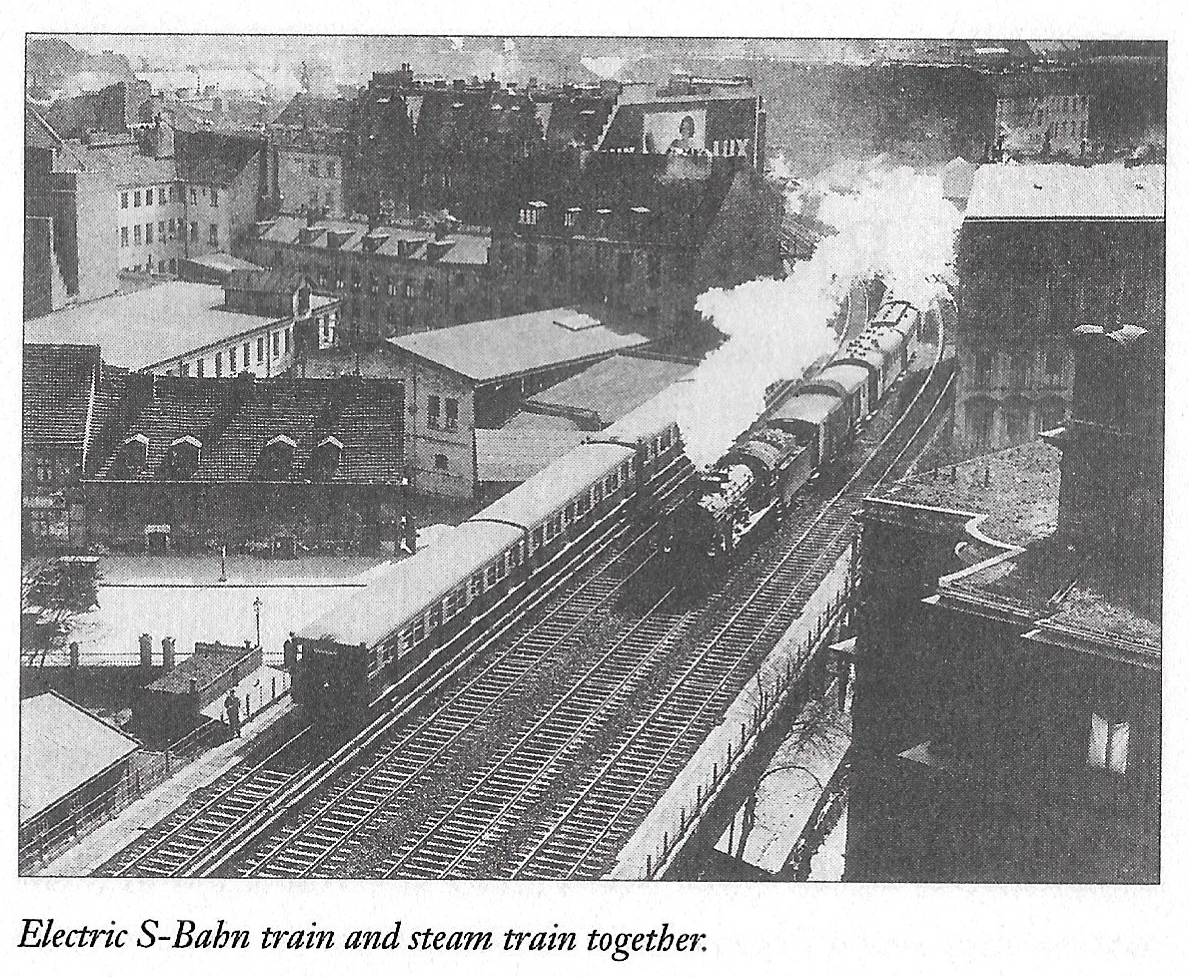
A wall has a physiognomy and a character of its own, even if it doesn't contain a window or any thing else that reinforces its connection to life, beyond a billboard for, say, a brand of chocolate, placed so that its sudden flash on our retina (yellow and blue) will make an indelible impression on our memory
Behind the wall, meanwhile, people will be getting on with their lives, little girls will be doing their homework, a grand mother will be knitting, a dog gnawing its bone. The pulse of life will beat through the cracks and pores of the silent wall, break through the tin simulacrum of the Sarotti chocolate, beat against the windows of the train, so that their clatter acquires a vital, human sound and makes us hearken at the proximity of a related life so close at hand
It's a curious thing, how much the people who live in houses bordering the S-Bahn resemble one another. It's as though there were a single extended family of them, living along the S-Bahn lines and overlooking the viaducts. I have come to know one or two apartments near certain stations really quite well. It's as if I'd often been to visit there, and I have a feeling I know how the people who live there talk and move. They all have a certain amount of noise in their souls from the constant din of passing trains, and they're quite incurious, because they've got used to the fact that every minute countless other lives will glide by them, leaving no trace
There is always an invisible, impenetrable strangeness between them and the worldalongside. They are no longer even aware of the fact that their days and their doings, their nights and their dreams, are all filled with noise. The sounds seem to have come to rest on the bottom of their consciousness, and without them no impression, no experience the people might have, feels
complete.
There is one particular balcony with iron bars, like a cage hung in front of the house, and in one particular place on it, all through the spring and summer, hangs a red cushion, rain or shine, like an implacable fleck of oil paint. There is a courtyard that is quite criss-crossed with clothes lines, as if some monstrous antediluvian spider had spun its stout web there from wall to wall. A dark blue pinafore with big white dobs of eyes always billows in the breeze there.
Over the course of my rides, I've also come to know a little blond girl. She sits by an open window, pouring sand from little toy dishes into a clay flower pot. She must have filled five hundred of those flower pots by now. I know an old gentleman who spends all his time reading. The old man must have read his way through all the libraries of the world by now. A boy listens to a big phonograph on the table before him, its great funnel shimmering. I catch a brassy scrap of tune and take it with me on my journey. Torn away from the body of the melody, it plays on in my ear, a meaningless fragment of a fragment, absurdly, peremptorily identified in my memory with the sight of the boy listening.
There are only a few who have nothing to do, and just sit at their windows and watch the trains go by. That tells you how boring life would be without work. Therefore everyone of us has a purpose, and even animals have their use. There is no lilac tree in a backyard that doesn't support drying laundry. That's the sadness of those backyards: How rare it is for a tree to do nothing but bloom, to have no function but to wait for rain and sunshine, to receive them both and enjoy them, and put forth blue and white blossoms.
Berliner Bõrsen-Courier; April 23, 1922


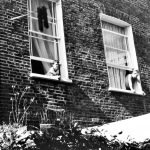
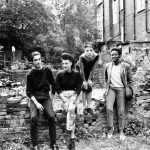
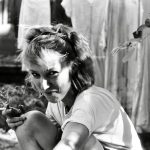

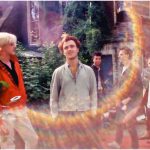
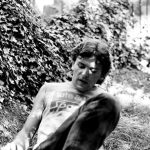
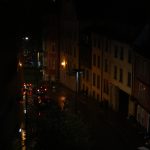
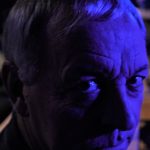
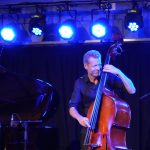
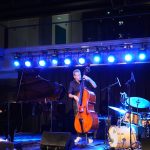
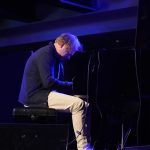
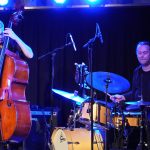

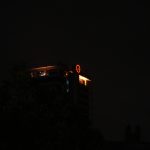
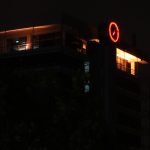
Yeah John, old Roth really had it. These overground lines eh. And what a great shot of old Berlin, or at least Berlin before – well we all know what happened there. My dearest buddy Jim Crabtree, also of course ex-squatter, ex-Georgiana Street co-operator has set me off on another Berlin ‘noir’ trajectory, the novels of Phillip Kerr , featuring his character police detective Bernie Gunter, all set in Berlin’s ‘aura’, from 1928 onwards….but I digress! Coming back to Camden Town; Plume’s house and front garden, a fabulous street fronted urban playspace for the imagination, and Cressida’s (?) Stockwell squat with it’s dentist’s chair in the vast entrance hall or was it reception room of a magnificent late Victorian villa. Remember at least one great party there. Now I can never go to the dentist without being transported back to my mental reconfiguration of dentist’s chairs away from their banal and unnecessary associations with practical dentistry. Helps ease the pain every time. I loved the DovetailCollective tune. Starts off Chet Baker ‘ish’, then takes it’s whole own way before moving into a crackin’ boogaloo vibe…..very very New York at both ends blowing in over Brooklyn and the East River in the 1950’s, up to Spanish Harlem in the 80’s, and then perhaps Camden and the Great Wen bursting out in the middle. Beautiful!
Ahh Berlin noir. In Wings of Desire, Wim Wenders spins a visually awesome story of angels living and loving in Berlin before the wall came down. “We can be heroes, just for one day”; Bowie recorded Heroes at Hansa Studio, West Berlin:
I, I can remember (I remember)
Standing, by the wall (by the wall)
And the guns, shot above our heads (over our heads)
And we kissed, as though nothing could fall (nothing could fall)
And the shame, was on the other side
Oh we can beat them, for ever and ever
Then we could be Heroes, just for one day
Most of my family have pieces of the Berlin wall in their house. I kid you not. Story and pics in a new ‘response’ post in a minute (“The Berlin Connection”) as that was the edge of the “West” for me, but the edge of the “East” from Gagarin’s Point of View (EST tune: https://www.youtube.com/watch?v=d0C2pzSe5OQ).
Very NME description of the Dovetails, and I mean that as a compliment. When I was pulling together my playlists, I tried and failed to match the reviews of the journos from NME. So, I ended up just quoting them if I couldn’t beat them. But I still managed to get a fair bit of my side of things into the track notes too. Also, thank you for your descriptive imagery, I had not thought of it like that. Blue Lights was always meant to have a film music vibe; Blade Runner is a favourite of mine. I have never been to New York. But having played Boogaloo more recently (e.g. Sweet Honey Bee by Duke Pearson) I know it originates in NY and mixes the Blues and Latin. I remember Paul Ermer when he was on Facebook, didn’t he used to post pics of Old Brooklyn? Loved them.
Blue Lights has a 10 beat pattern, which makes it tricky. That is how I wrote it in the 80s on my new double bass. But on the Dovetail’s recording, Jamie came up with a brilliant drum pattern and Beth, who does Klezmer, suggested we speed it up at end; this latter trick took some practice! Of course, Kelvin slices in with the ace alto chops. Just glad I have a recording of this version of Blue Lights. After Covid and Beth moving to Wales, we never reformed. But the music lives on: https://soundcloud.com/dovetailcollective/sets/venues
Just spotted and interesting article on Roth:
Endless Flight: The Life of Joseph Roth by Keiron Pim review – ‘Everywhere is home’. Review by Dorian Lynskey, Guardian, Thu 6 Oct 2022: https://www.theguardian.com/books/2022/oct/06/endless-flight-the-life-of-joseph-roth-by-keiron-pim-review-everywhere-is-home
The vagabond life of a brilliant but doomed European genius. Will incorporate some of it above.